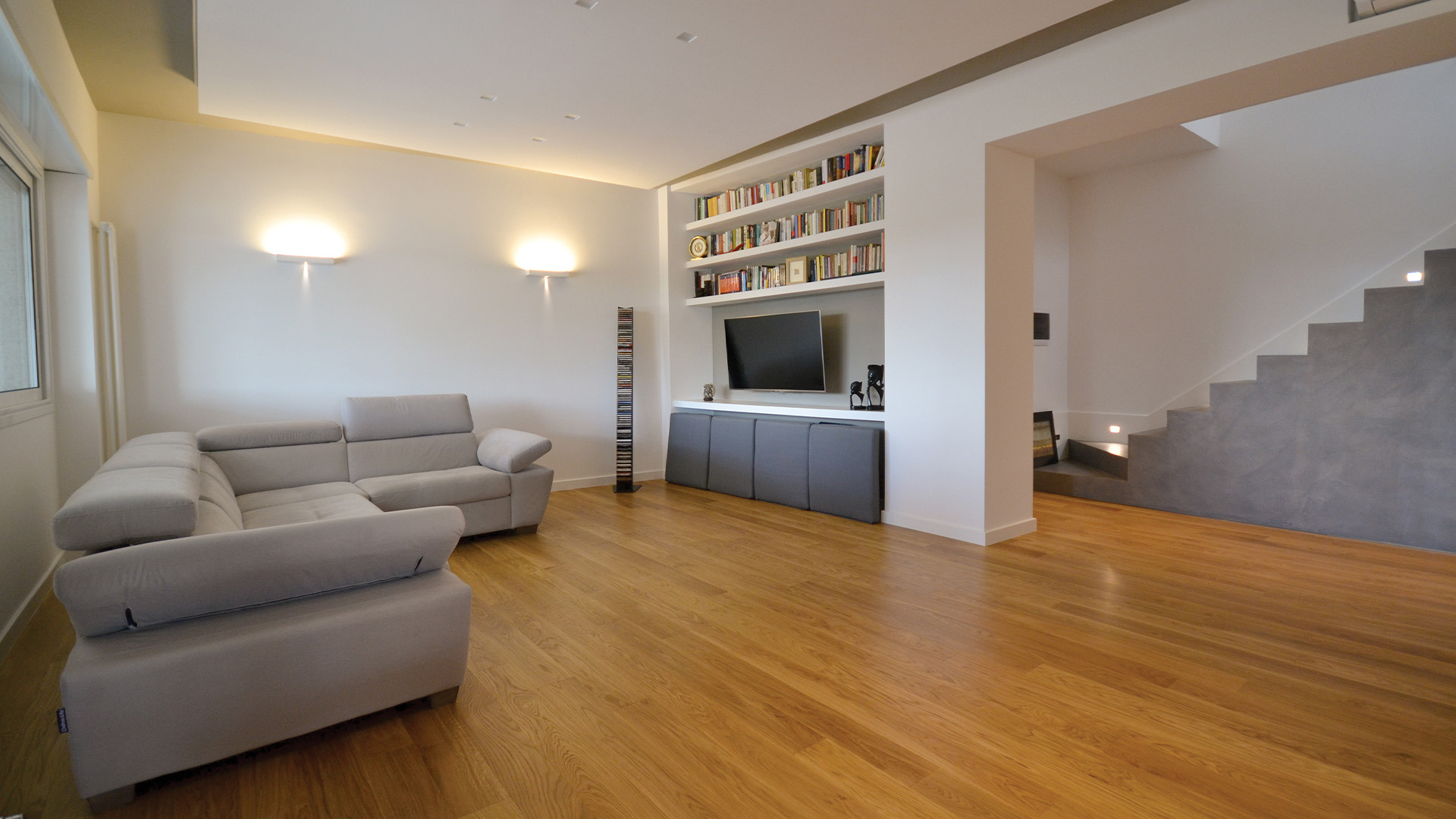
Lighting design is a complex process that requires considering numerous factors. One fundamental aspect to evaluate is the light beam angle. This characteristic, often underestimated, has a direct impact on lighting effectiveness, visual quality, and the aesthetic of the space.
In this article, we will delve into the concept of the light beam angle, analyze the different types and their applications, and provide practical guidelines for making informed choices in LED lighting system design.
What is the light beam angle?
The light beam angle, expressed in degrees, indicates the spread of light emitted from a light source. In other words, it defines the width of the cone of light produced by the lamp. A narrow beam (with a small angle) focuses the light in a limited area, while a wide beam (with a large angle) distributes the light over a broader surface.
Why is the light beam angle important?
Choosing the right light beam angle is crucial for several reasons:
energy Efficiency: a properly sized beam allows you to illuminate only the necessary areas, avoiding energy waste;
visual Quality: proper lighting helps reduce eye strain and improves color perception and detail clarity;
aesthetic: the light beam angle affects the ambiance of a space, creating different lighting effects depending on the needs.
The different types of light beam angles
The light beam angle can vary from just a few degrees to over 120°, offering a wide range of application possibilities. The main types are:
Narrow Beams (spot): with angles less than 30°, ideal for illuminating specific points, such as paintings, sculptures, or architectural elements.
Medium Beams (flood): with angles between 30° and 60°, suitable for more diffuse lighting, such as shelving or display lighting.
Wide Beams (wide): with angles above 60°, perfect for illuminating large surfaces, like ceilings or walls.
How to choose the right light beam angle for your needs
The choice of light beam angle depends on several factors, including:
the function of the space: Whether it's a residential, commercial, or industrial setting, lighting needs will differ;
the geometry of the space: Ceiling height, room size, and furniture layout influence the choice of light beam angle;
the type of fixture: LED fixtures offer great flexibility in choosing the beam angle, thanks to the use of different optics.
Factors influencing the light cone width
In addition to the beam angle, other factors can influence the width of the light cone, such as:
reflector shape: parabolic reflectors concentrate light into a narrow beam, while diffused reflectors create a wider beam;
distance from the light source: as the distance increases, the light cone widens;
characteristics of the illuminated material: reflective materials can further diffuse the light.
It's important to consider lumens along with the beam angle to assess the actual lighting of a space. A high number of lumens concentrated in a narrow beam will produce intense lighting in a limited area, while a lower number of lumens spread over a wide beam will create more diffuse lighting. Want to learn more about lumens? Check out our article on how many lumens in a room.
For personalized advice and an accurate selection of the most suitable products for your needs, do not hesitate to contact our lighting experts. 9010novantadieci offers a wide range of LED solutions characterized by high quality, energy efficiency, and design flexibility. We are here to help you create innovative and successful lighting projects.